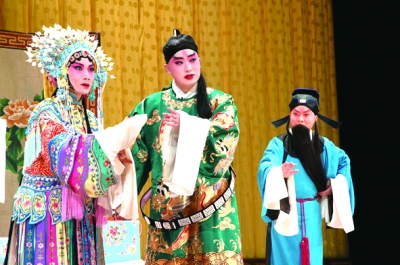Peking Opera,the National Opera of China
2 min readBeijing opera or Peking opera is a form of traditional Chinese theatre which combines: music.vocal performance,mime,dance and acrobatics.It arose in the late I8th century and became fully developed and recognized by the mid-19th century.The form was extremely popular in the Qing Dynasty court and has come to be regarded as one of the cultural treasures of China.Major performance troupes are based in Beijing and Tianjin in the north.and Shanghai in the south.The art form is also enjoyed in Taiwan,where it is known as Guoju. It has also spread to other countries such as the United States and Japan.

Beijing opera features four main types of performers.Performing troupes often have several of each variety.as well as numerous secondary and tertiary performers.With their elaborate and colorful costumes,performers are the only focal points on Beijing opera’s characteristically sparse stage.They utilize the skills of speech,song.dance,and combat in movements that are symbolic and suggestive,rather than realistic.Above all else,the skill of performers is evaluated according to the beauty of their movements.Performers also adhere to a variety of stylistic conventions that help audiences navigate the plot of the production.The layers of meaning within each movement must be expressed in time with music.The music of Beijing opera can be divided into the Xipi and Erhuang()styles.Melodies include arias,fixed-tune melodies,and percussion patterns.The repertoire of Beijing opera includes over 1,400 works. which are based on Chinese history,folklore,and,increasingly,contemporary life.

Channel CCTV-1I in Mainland China is currently dedicated to broadcasting classic Chinese opera productions,including Beijing opera.








